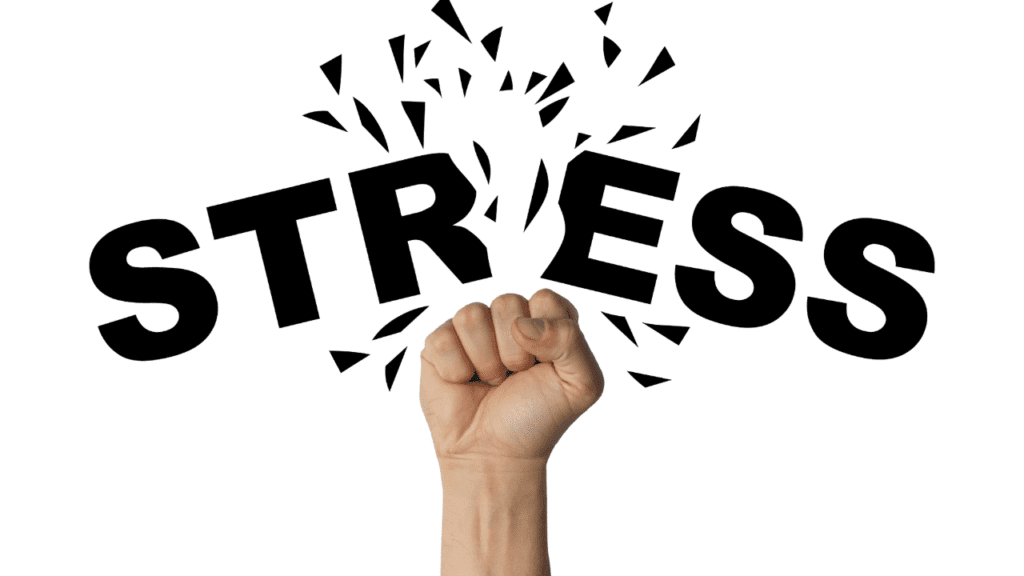Date
In today’s fast-paced world, stress has become a common experience for many. Whether it’s work-related pressures, personal challenges, or the constant bombardment of information and responsibilities, stress can take a significant toll on our mental and physical well-being. While it’s impossible to eliminate stress completely, adopting holistic healing techniques can help manage and alleviate its effects. This blog explores various methods to deal with stress through healing, focusing on mind, body, and spirit.
Understanding Stress
Before delving into healing techniques, it’s important to understand what stress is. Stress is the body’s response to any demand or challenge. It can be triggered by external factors like work deadlines, relationship issues, or financial worries, as well as internal factors such as negative self-talk or unrealistic expectations. While short-term stress can be beneficial, motivating us to overcome obstacles, chronic stress can lead to serious health problems, including anxiety, depression, heart disease, and a weakened immune system.
The Healing Power of the Mind
- Mindfulness Meditation: Mindfulness meditation is one of the most effective ways to deal with stress. By focusing on the present moment and observing thoughts without judgment, mindfulness helps in reducing the impact of stress. Regular practice of mindfulness meditation can improve emotional regulation, increase self-awareness, and foster a sense of calm.
– How to Practice: Start with a simple breathing exercise. Sit in a comfortable position, close your eyes, and focus on your breath. Inhale deeply through your nose, hold for a few seconds, and exhale slowly through your mouth. As you breathe, notice the sensation of air entering and leaving your body. If your mind starts to wander, gently bring your focus back to your breath.
- Positive Affirmations: Our thoughts have a profound impact on how we feel and react to stress. Positive affirmations are short, powerful statements that can help shift your mindset from negative to positive. By repeating affirmations, you can reprogram your mind to focus on strength and resilience rather than fear and anxiety.
– Examples of Affirmations: “I am calm and in control,” “I am capable of handling any challenge,” “I choose peace over worry,” “I trust in my ability to overcome difficulties.”
- Journaling: Writing down your thoughts and feelings can be a powerful tool for stress relief. Journaling allows you to express your emotions, reflect on your experiences, and gain clarity on what’s causing your stress. It can also help you identify patterns and triggers, making it easier to manage stress in the future.
– How to Start: Set aside 10-15 minutes each day to write in your journal. You can write about your day, your feelings, or specific situations that caused stress. Don’t worry about grammar or structure—just let your thoughts flow.
Healing the Body
- Yoga: Yoga is a holistic practice that combines physical postures, breathing exercises, and meditation to promote overall well-being. It helps release tension from the body, improves flexibility and strength, and calms the mind. Yoga is particularly effective in managing stress because it encourages relaxation and mindfulness.
– Recommended Poses for Stress Relief:
– Child’s Pose (Balasana): A gentle stretch for the back, hips, and shoulders, promoting relaxation.
– Legs-Up-the-Wall Pose (Viparita Karani): A restorative pose that reduces tension and promotes circulation.
– Cat-Cow Pose (Marjaryasana-Bitilasana): Helps relieve tension in the spine and neck, while also synchronizing breath with movement.
- Breathing Techniques (Pranayama): Controlled breathing is a powerful tool for managing stress. Pranayama, the practice of breath control in yoga, can help calm the nervous system, reduce anxiety, and promote a sense of inner peace.
– Simple Breathing Exercises:
– 4-7-8 Breathing: Inhale for a count of 4, hold for a count of 7, and exhale for a count of 8. This technique helps relax the body and mind.
– Nadi Shodhana (Alternate Nostril Breathing): Close your right nostril with your thumb, inhale deeply through your left nostril, then close your left nostril with your ring finger and exhale through your right nostril. Repeat on the other side. This exercise balances the mind and reduces stress.
- Physical Activity: Regular exercise is one of the best ways to combat stress. Physical activity releases endorphins, the body’s natural stress relievers, and improves mood, energy levels, and sleep quality. Whether it’s a brisk walk, a run, or a dance class, moving your body helps reduce tension and improve mental clarity.
– Tips for Staying Active: Find an activity you enjoy, set realistic goals, and make it a regular part of your routine. Even short bursts of exercise, like a 10-minute walk, can have a significant impact on stress levels.
Nourishing the Spirit
- Energy Healing (Reiki, Chakra Balancing): Energy healing practices like Reiki and chakra balancing focus on aligning the body’s energy centers to promote healing and relaxation. Reiki practitioners use gentle touch or hover their hands over the body to channel healing energy, helping to reduce stress and restore balance. Chakra balancing involves working with the body’s seven energy centers to remove blockages and harmonize the flow of energy.
– How to Experience Energy Healing: You can visit a certified Reiki practitioner or explore guided meditations focused on chakra balancing. These practices can help you connect with your inner self and release stress on a deeper level.
- Spending Time in Nature: Nature has a profound ability to heal and rejuvenate the spirit. Spending time outdoors, whether in a park, forest, or by the sea, can significantly reduce stress and increase feelings of well-being. The natural environment helps ground you, bringing a sense of peace and perspective.
– Ideas for Connecting with Nature: Go for a hike, practice mindfulness in a garden, meditate near a bdy of water, or simply take a walk in your neighborhood. Engaging with the natural world can help you reconnect with your inner self and reduce stress.
- Spiritual Practices: Engaging in spiritual practices such as prayer, meditation, or attending religious services can provide comfort and reduce stress. These practices help you connect with a higher power or your inner wisdom, offering guidance and support during challenging times.
– Incorporating Spirituality into Daily Life: Set aside time each day for prayer, meditation, or reflection. Create a sacred space in your home where you can practice these activities and find solace from the stresses of daily life.
Conclusion
Dealing with stress requires a holistic approach that addresses the mind, body, and spirit. By incorporating mindfulness meditation, positive affirmations, yoga, breathing techniques, energy healing, and connecting with nature into your daily routine, you can manage stress more effectively and promote overall well-being. Remember, healing is a journey, and it’s important to be patient and compassionate with yourself as you explore these practices. With time and consistency, you can transform your relationship with stress and lead a more balanced, fulfilling life.



